From Floyd Reports (Impeach Obama Campaign):
Cash for Clunkers Hurt the Poor – and Obama’s Advisers Love It
Posted by Ben on August 26, 2010 · 2001Leave a Commenthttp://www.impeachobamacampaign.com/cash-for-clunkers-hurt-the-poor-and-obamas-advisers-love-it/Cash+for+Clunkers+Hurt+the+Poor+-+and+Obama%27s+Advisers+Love+It2010-08-26+22%3A07%3A05Ben
Warning: file_get_contents(http://backtweets.com/search.php?identifier=bttc&since_id=0&refresh=1&q=http%3A%2F%2Fwww.impeachobamacampaign.com%2Fcash-for-clunkers-hurt-the-poor-and-obamas-advisers-love-it%2F) [function.file-get-contents]: failed to open stream: Connection timed out in /var/customer_sites/impeachobamacampaign.com/www/wp-content/plugins/backtype-tweetcount/backtype-tweetcount.php on line 263
Ben Johnson, Floyd Reports
The Democrats’ “Cash for Clunkers” program had one major impact on the market: it raised prices almost $2,000 per car in a way that disproportionately hurts the poor. And Obama’s Green Left advisers could not be happier.
The automobile industry authority Edmunds.com has found used car prices are up 10.3 percent over last summer. The average used vehicle costs $1,800 more than it did one year ago. The price hike is even greater for larger vehicles. Warner Todd Huston of Gateway Pundit has the details. (Also h/t to Mass SNAFU.)
The program (which most Americans opposed) cost $3 billion. In the end, taxpayers shelled out $24,000 per car sale generated. A study conducted at the University of California-Davis found even the environmental benefit cost us “at least 10 times the ‘sticker price‘ to reduce emissions of the greenhouse gas carbon dioxide.” As usual, the Obama administration could put up with zero dissent. When the automobile industry authority Edmunds.com pointed out the program’s failure, the White House website carried a savage denunciation, and a Transportation Department official sniped at Edmunds by name. (His claims were later debunked.)
Now we see just how helpful it was: the average citizen paid $24,000 in taxes per unique sale for the privilege of paying $1,800 more per car this summer. Joe Spina of Edmunds.com explained how this happened:
It’s believed that the program delayed purchases prior to the program and also pulled sales forward while in place. The program also eliminated inventory of older vehicles that were traded and then scrapped.
In other words, as soon as Obama announced the Cash for Clunkers program, everyone considering buying a used vehicle waited until the rebate kicked in. Those on the fence hurried to buy a car before the money ran out, causing a short-term boom. And since the program required all the “gas-guzzling” trade-ins to be scrapped, there are fewer used cars available this summer, driving up prices. (After all, the point of the program was not just to provide an economic stimulus but to destroy automobiles with lower fuel standards that emitted more greenhouse gases.) With “Recovery Summer” turning into Recession 2.0, fewer people want to purchase new vehicles and are getting less expensive, used models.
So, greater demand plus lower supply equals higher prices.
Since wealthier Americans, who would ordinarily buy a new car, are now purchasing “pre-owned” vehicles, they can outbid poorer Americans. The people really hurt by this are the poor and lower middle class, who needed to buy a new-to-them minivan or SUV to take the kids to practice. They have been priced out of the market and have to stick with their decrepit vehicles. (That puts a new twist on the phrase, “Cash for Clunkers,” doesn’t it?)
Rest assured, run-of-the-mill liberals will look at the damage their policies have created and suggest it can be fixed by an even bigger “stimulus.” But Obama’s Green Left advisers have a different reaction.
Higher prices were not an unintended consequence for them. They are ideologically committed to reducing America’s carbon footprint, ideally by herding more poor people into public transportation. Pricing the poor out of the market for used cars is one step in that direction.
Obama’s Science Czar John Holdren has dedicated his life to imagining a future radically different from the one envisioned by our Founding Fathers. He wrote a 2006 paper that analyzed reducing “GDP per person” — that is, cutting your personal wealth — in order to reduce greenhouse gases. While he said this is “not a lever that most people would want to use to reduce emissions,” it a possibility. After all, “People are not getting rich as fast as they think” if their happiness comes “at the expense of the environmental underpinnings of well-being.” In 1997, Holdren said raising the price of natural gas was “actually a good idea.” His close friend Dr. James Hansen, whom Holdren called “one of the most distinguished climate scientists in the world,” suggested to Obama in late 2008 that he should tax gasoline up to “$4/5 gallons again.”
Higher prices for cars and gasoline — and the misery they inflict on the poor and middle class — fulfill their purposes.
Unfortunately, the higher cost of used cars is the least important price we are paying for putting Barack Obama into power.
A READER ON THE STATE OF THE POLITICAL DECAY AND IDEOLOGICAL GRIDLOCK BETWEEN ONE GROUP WHO SEEK TO DESTROY THE COUNTRY, AND THOSE WHO WANT TO RESTORE IT.
The Rise and Fall of Hope and Change




Alexis de Toqueville
The American Republic will endure until the day Congress discovers that it can bribe the public with the public's money.
Alexis de Tocqueville
Alexis de Tocqueville
The United States Capitol Building
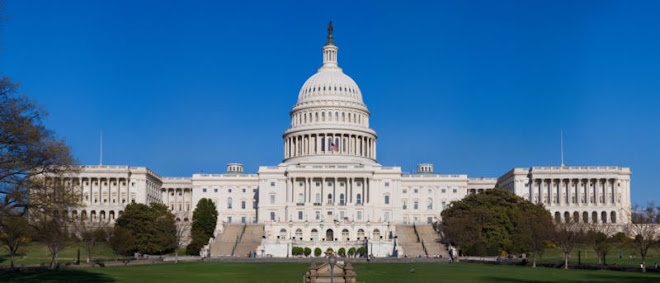
The Constitutional Convention
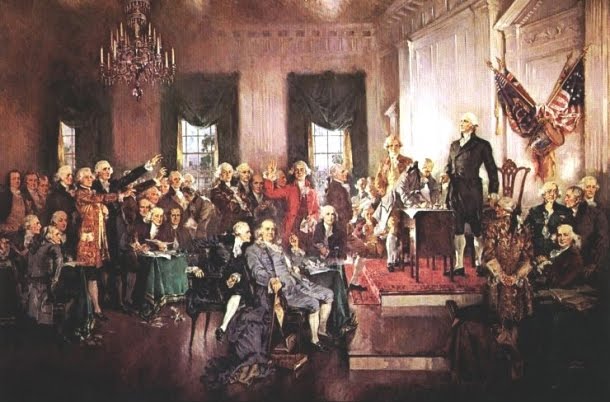
The Continental Congress
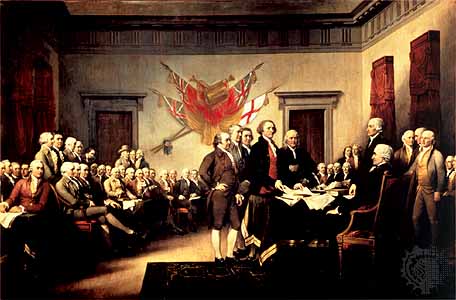
George Washington at Valley Forge
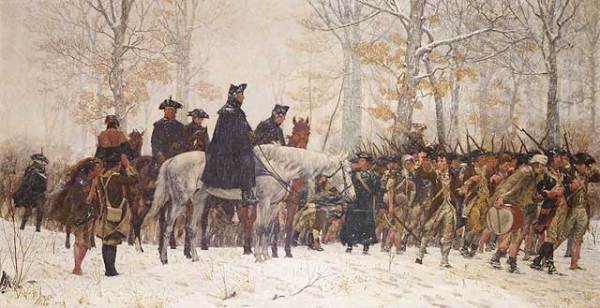
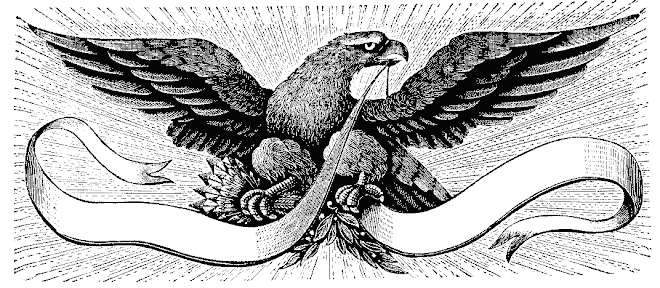

Subscribe to:
Post Comments (Atom)
No comments:
Post a Comment